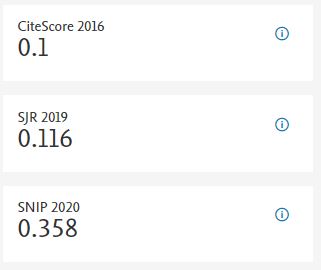Child Sex Ratio in Small Towns of Haryana: A Geographical Analysis 2001-2011
Abstract
Sex- Ratio signifies the number of females per thousand males. Sex ratio usually affects the form and tempo of life. The study of sex-ratio is important because it affects the employment and consumption patterns, social needs, division and size of labour force etc. in urban places. It influences not only the demographic process but also how a community's socio-economic relationships are structured. The distribution of men and women throughout all age groups and in the population as a whole has a significant impact on the social and economic condition, both now and in the future. Sex ratio of a population at any given point of time depends upon a sex ratio at birth, the sex differential in mortality and sex ratio among net migrants. The study of sex ratio of population is important for manpower planning, regional urban, economic and developmental planning. If the misreporting of ages of male or female children is assumed to be equal, child sex ratio (0-6 years) is the result of sex ratio at birth and sex differential in mortality. The purpose of this study is to














